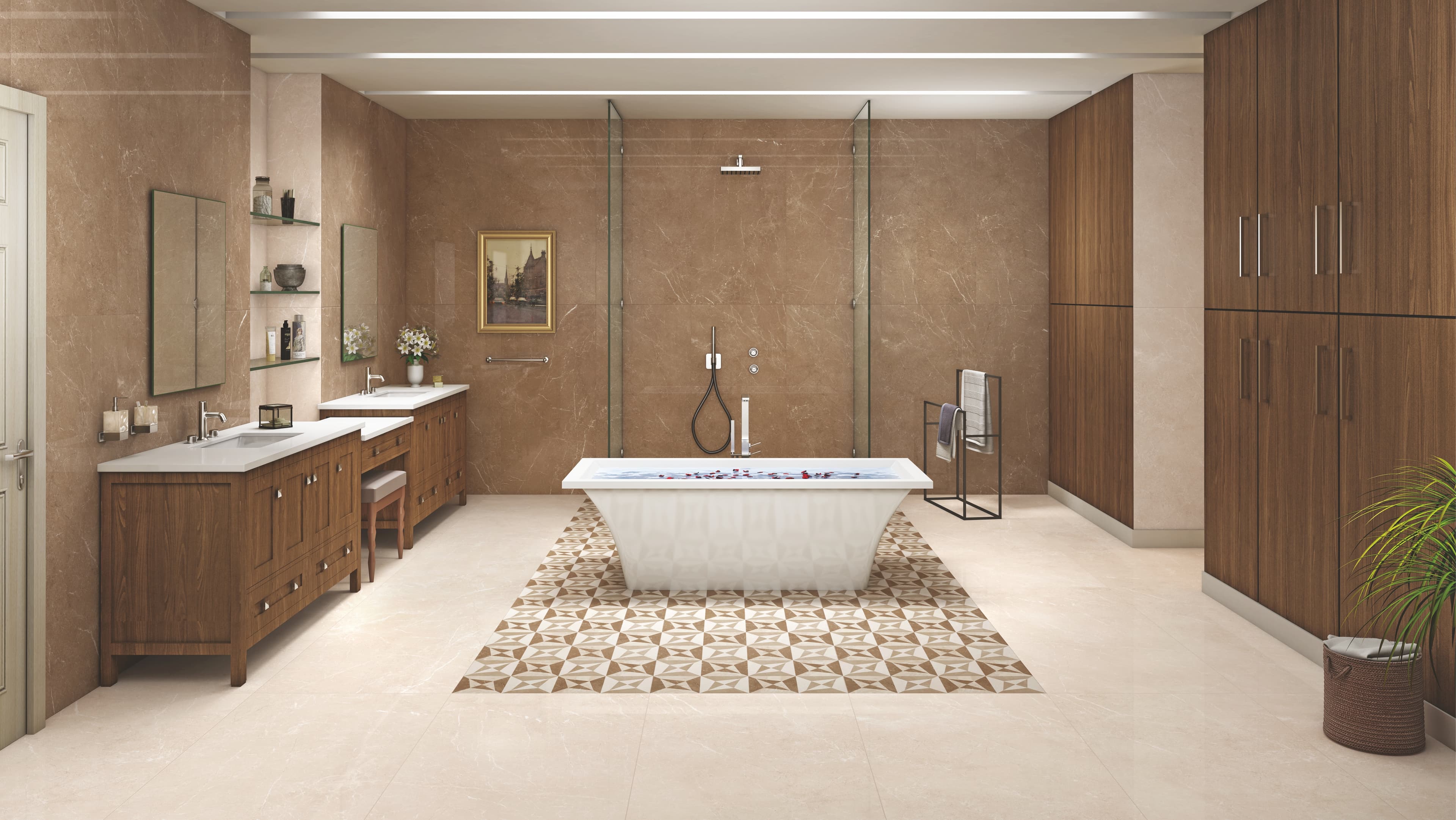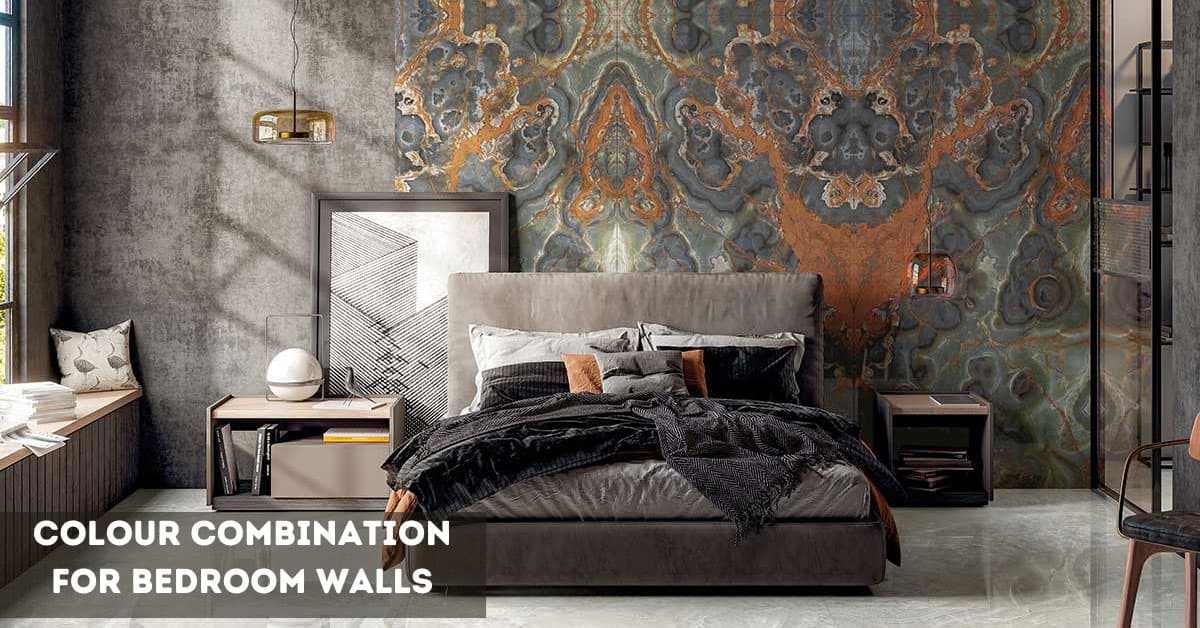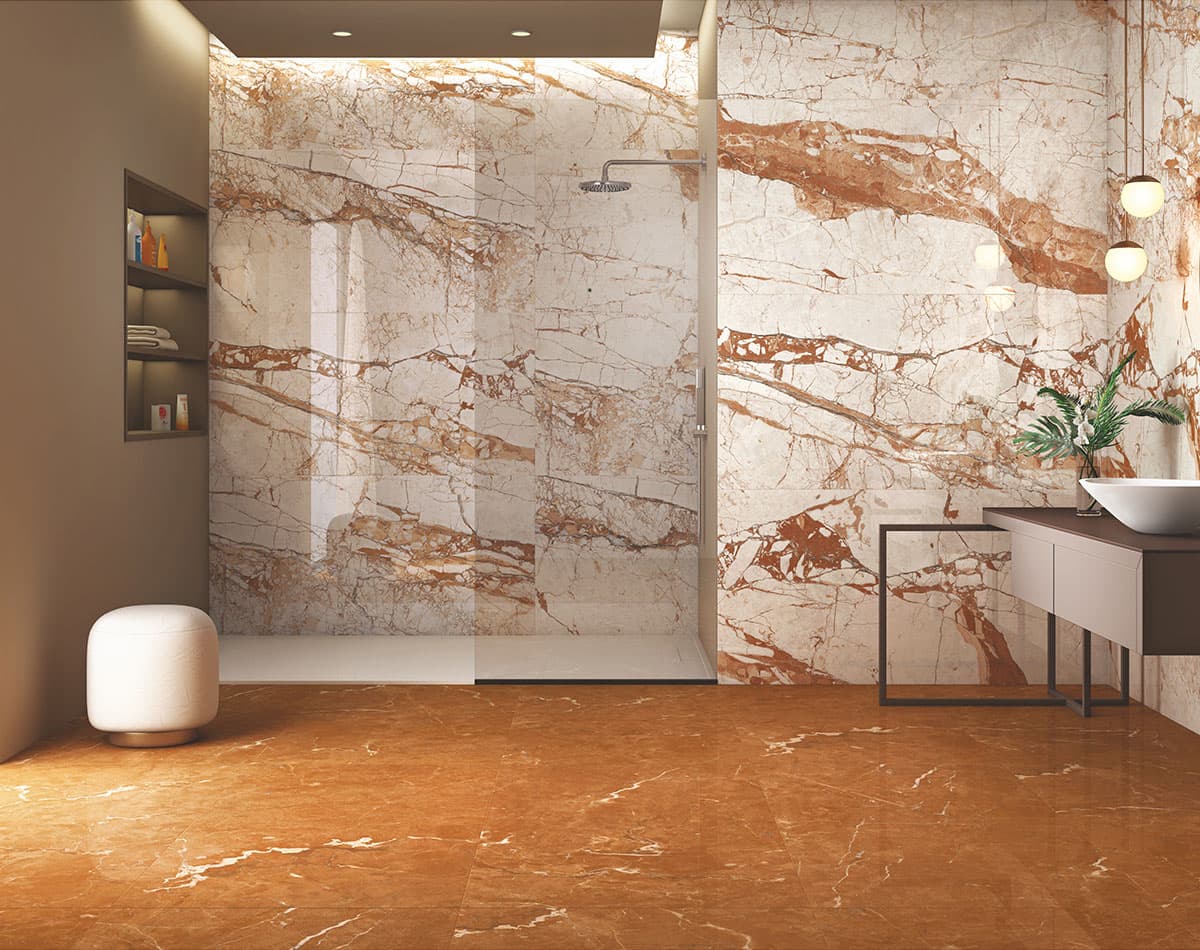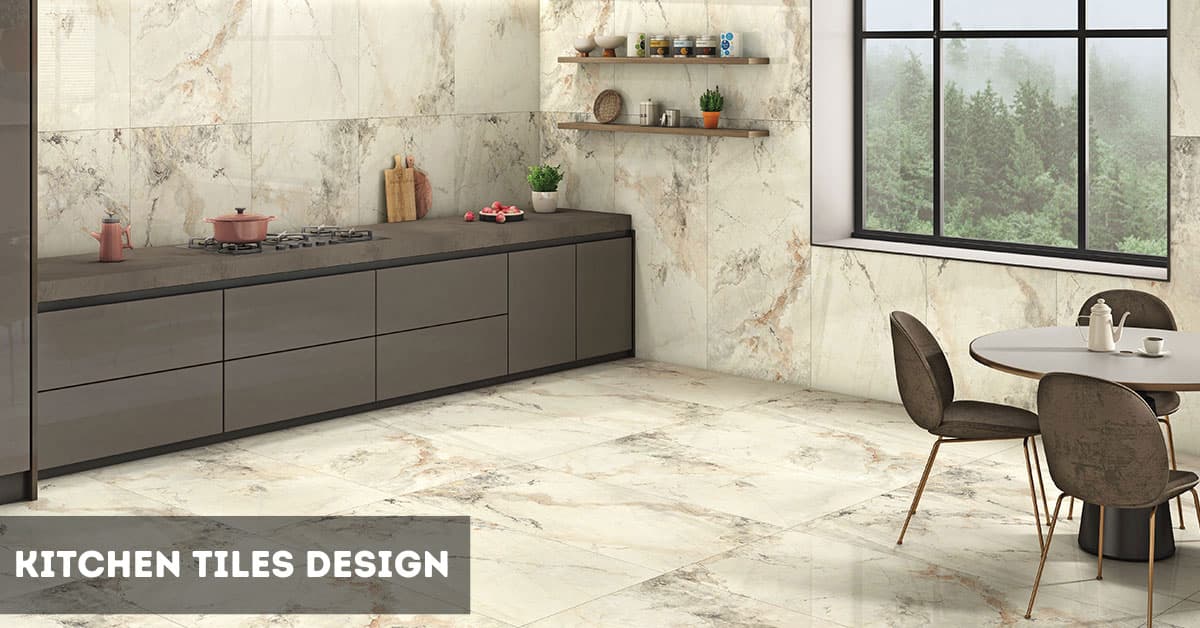Indian vs Western Toilet: Pros, Cons & Key Differences

Bathrooms in Indian homes have seen a big transformation over the last few decades. What once used to be a small, functional corner has now become part of a home’s overall aesthetic. Today, it’s not just about where the toilet is located, but also about comfort, usage patterns, design sensibility, and long-term maintenance. One of the most common decisions Indian homeowners face during renovation or new construction is which type works better: an Indian vs Western toilet?
Each type has its own value. Indian-style squat toilets are more traditional, require less infrastructure, and are considered more hygienic by some. Western-style toilets, or EWCs, are built for seated use and are seen as modern, easy to use, and better suited for people with limited mobility or health concerns.
This post breaks down the differences clearly, helping you make a choice that suits your home, your family, and your future needs.
What Is an Indian Commode and How Does It Work?
An Indian commode, often called a squat toilet, is a fixture that’s installed at floor level. Users squat over the pan instead of sitting. This design has been a part of Indian homes for decades and continues to be used widely across urban and rural areas. It is known for being simple, easy to clean, and highly effective in terms of waste clearance.
Most squat toilets have a rear water outlet and either a manual flush or bucket-based cleaning system. In newer setups, you may also see a wall-mounted flush tank. Since the toilet pan is placed directly on the floor, there are fewer parts to clean, as there is no seat, lid, or hinges, which makes cleaning quicker.
That said, because water splashes are common around squat toilets, it’s important to select the right flooring. Simpolo Tiles and Bathware’s anti-skid, water-resistant tiles are ideal here because they reduce the chances of slipping and are easier to clean daily. While the toilet itself may be basic, the surroundings should still support hygiene and safety.
Understanding the Design and Function of a Western Commode
A Western toilet, or EWC (European Water Closet), is designed for seated use. It usually comes with a flush tank, either exposed or concealed, and a seat with a lid. These commodes are now the standard in modern apartments and urban homes. They offer comfort and support, especially for elders, children, or anyone recovering from surgery or injury.
Western toilets come in both floor-mounted and wall-mounted options. Floor-mounted EWCs are easier to install and are more common, while wall-mounted ones save space and give the floor a clean, open look.
At Simpolo Tiles and Bathware, the focus on comfort and style is reflected in our premium range of EWCs. Our designs are updated to match the latest trends, while also offering water-saving features that use up to 33% less water per flush. The Nettuno, Spice, and Stevia models, for example, are built with modern aesthetics and sustainability in mind.
Also Read: Wall Mounted Toilets for Modern and Compact Bathrooms
Key Benefits of Choosing an Indian-Style Toilet
If simplicity, function, and easy maintenance are what you’re looking for, the Indian commode has a lot to offer. It does not require a seat or tank, which keeps the cost low. The design is compact, and the plumbing setup is straightforward, especially in single-floor homes.
One of the biggest advantages of squatting toilets is that they support a posture that may help with smoother bowel movements. Many families continue to prefer them for daily use for this reason.
From a hygiene point of view, there’s no contact with the surface, which means less transfer of germs. Cleaning the floor area is also easier since the pan sits directly on it. Still, the tile selection around the commode matters. Using Simpolo Tiles and Bathware’s Basaltino or Impatto tiles gives a better grip in wet conditions, which makes daily washing both safer and more effective.
Drawbacks of Indian Toilets in Modern Settings
Despite their usefulness, Indian-style toilets come with a few limitations, especially when installed in modern homes. They can be uncomfortable for the elderly, for people with joint pain, or even for young children who are not used to squatting. This becomes a health and safety issue in some cases.
Also, these commodes don’t fit easily into contemporary design schemes. If you’re planning a bathroom with glass partitions, floating cabinets, or a clean, luxurious look, a squat toilet often feels out of place.
There’s also the issue of wet floors. Since the entire floor is used during the wash, water remains after every use. This means the area needs to be wiped or dried constantly to avoid accidents or unpleasant dampness.
Why Western-Style Toilets Are Becoming More Popular
The shift toward Western toilets in India is largely due to their convenience and comfort. You can sit without needing to balance yourself or squat, which is helpful for everyone but especially useful for guests, elderly family members, or people recovering from surgery.
Modern EWCs are also easier to accessorise as you can add a health faucet, a bidet spray, a soft-close lid, or even safety rails without changing the basic setup. Wall-mounted versions give you more open floor space, which helps the bathroom look larger and cleaner. Simpolo Tiles & Bathware’s Sept and Spice EWC are two of the most popular products from this category.
Important Considerations Before Choosing a Western Toilet
Even though Western toilets are seen as the more modern choice, they do require more planning and care in daily use. First, they take up more space, both in width and in vertical height. If you have a small bathroom, fitting a full-sized commode with a flush tank and spray fitting may feel cramped unless they are designed well from the start.
Western toilets also have multiple parts: the seat, the hinges, the tank, and the spray pipe. Over time, these fittings may loosen or leak, and they need more frequent cleaning to stay hygienic.
Some families may also worry about cleanliness, especially when the toilet is shared by many people. Unlike Indian toilets, you sit directly on the surface, which means regular wiping and disinfection become essential.
Conclusion
When it comes to Indian commode vs Western commode, the decision isn’t only about what looks better. It’s about what fits your lifestyle, your family’s health needs, and your space. Both options have strengths. Indian toilets offer simplicity, ease of cleaning, and a traditional design. Western toilets bring comfort, accessibility, and better support for modern bathroom layouts. Whichever you choose, Simpolo Tiles and Bathware has the right solutions to bring it all together.
FAQs
1. Which toilet type is easier to maintain on a daily basis?
Western toilets need regular wiping around the seat and base. Indian toilets are simpler to wash down, but often leave water on the floor. With the right tiles and fittings, both can be kept clean with little effort.
2. Are Indian toilets still suitable for modern bathrooms?
Yes, especially in homes where traditional use or easy cleaning is a priority. They are often included as a second option in larger homes or utility areas.
3. Do Western toilets take up more space than Indian ones?
Western toilets usually need more floor and vertical space because of the seat and flush tank. However, with wall-mounted designs and compact tile layouts, they can be fitted even in small bathrooms.
4. What is the best toilet option for senior citizens or those with mobility issues?
A Western toilet is often more practical for seniors or people with joint issues. It allows seated use and can be paired with safety features like support bars or raised seats for added comfort.







